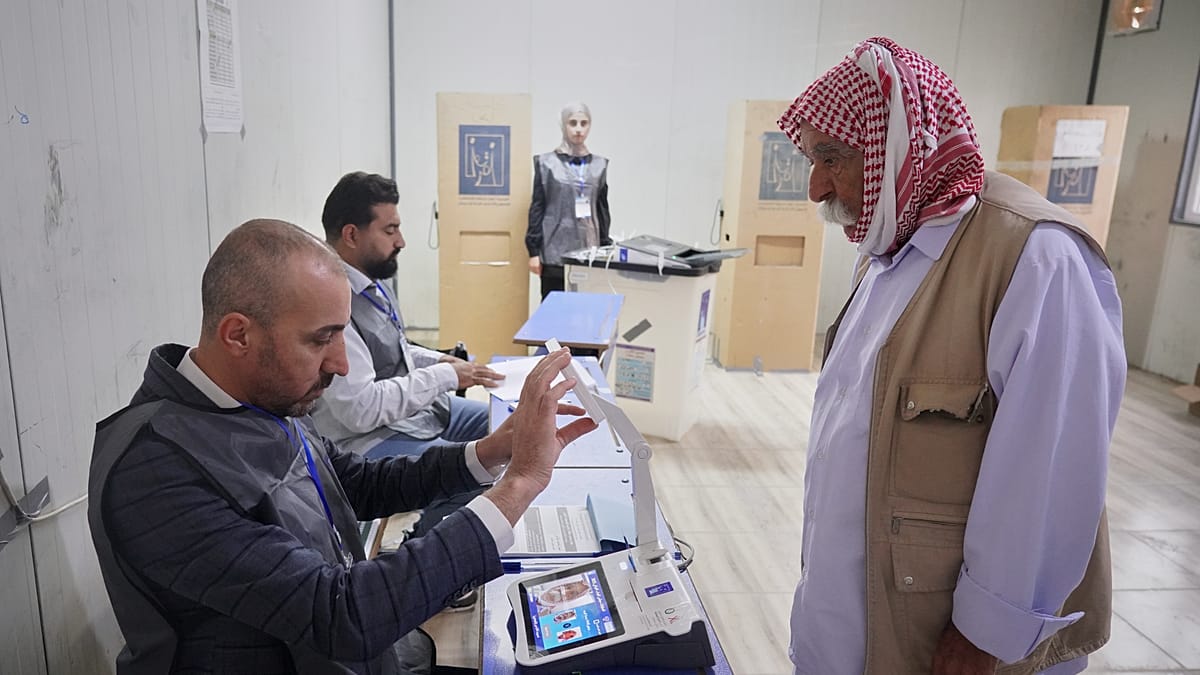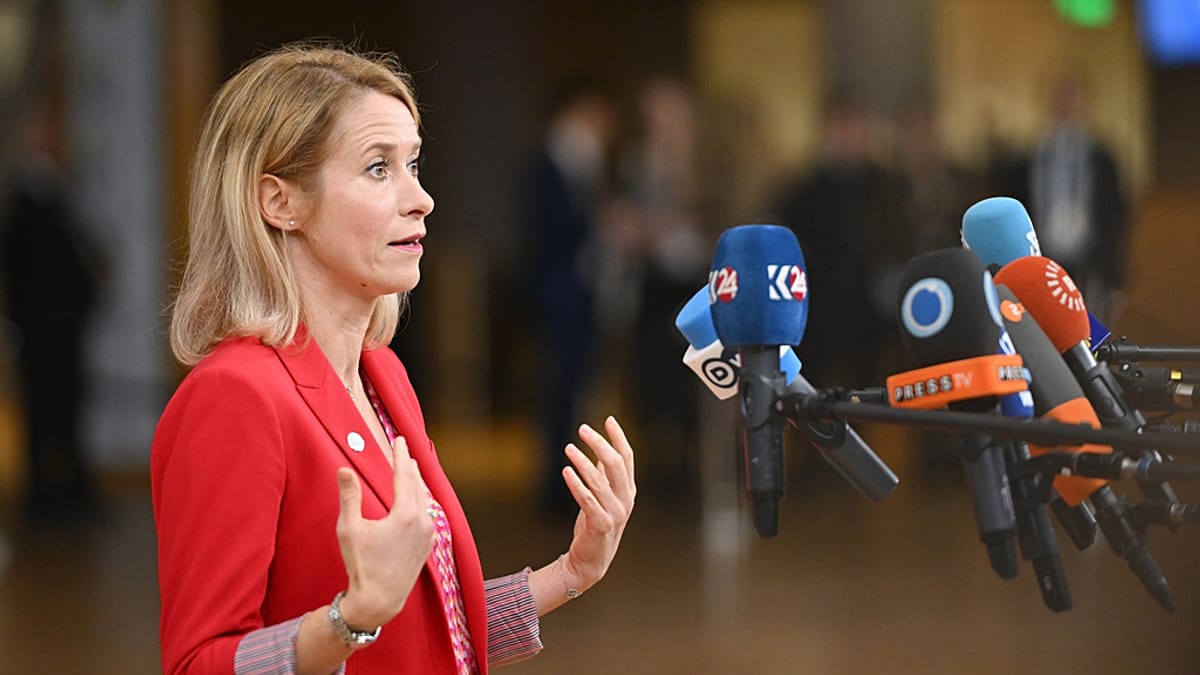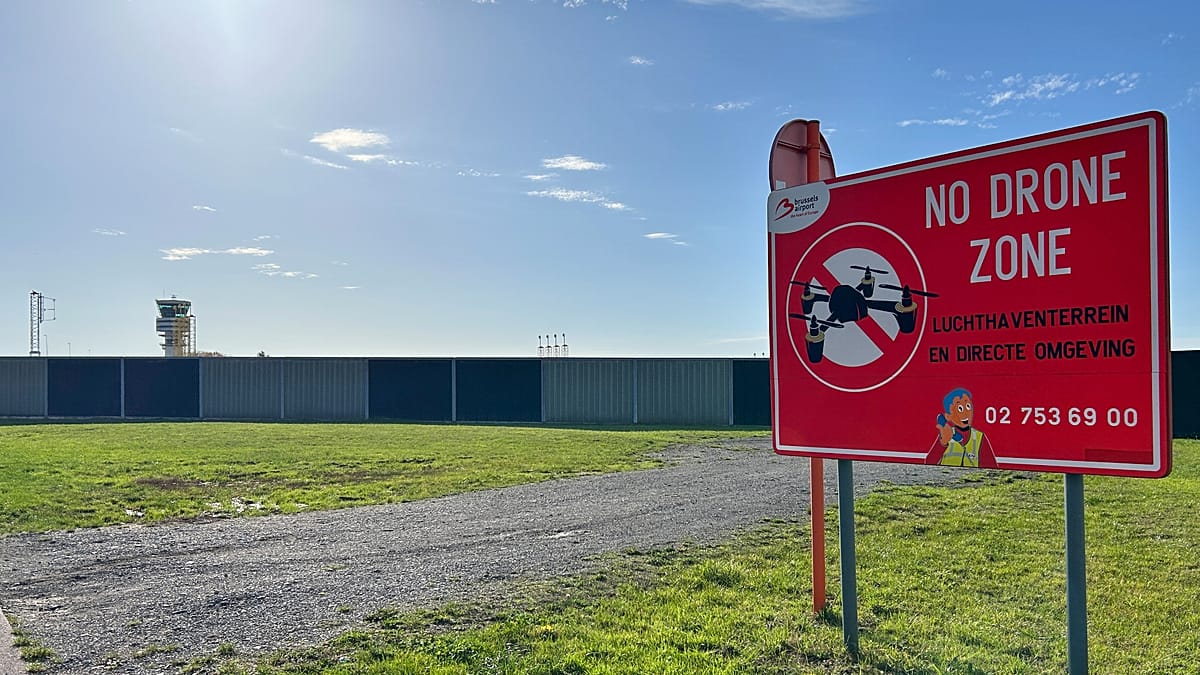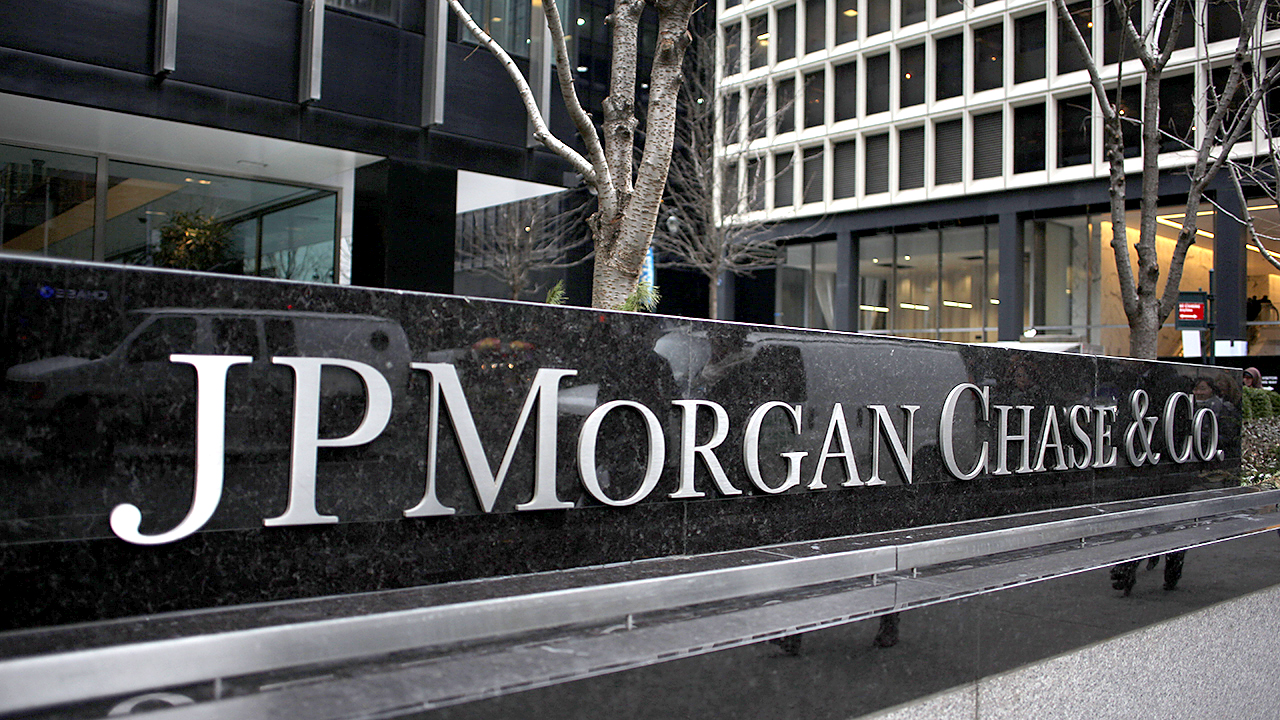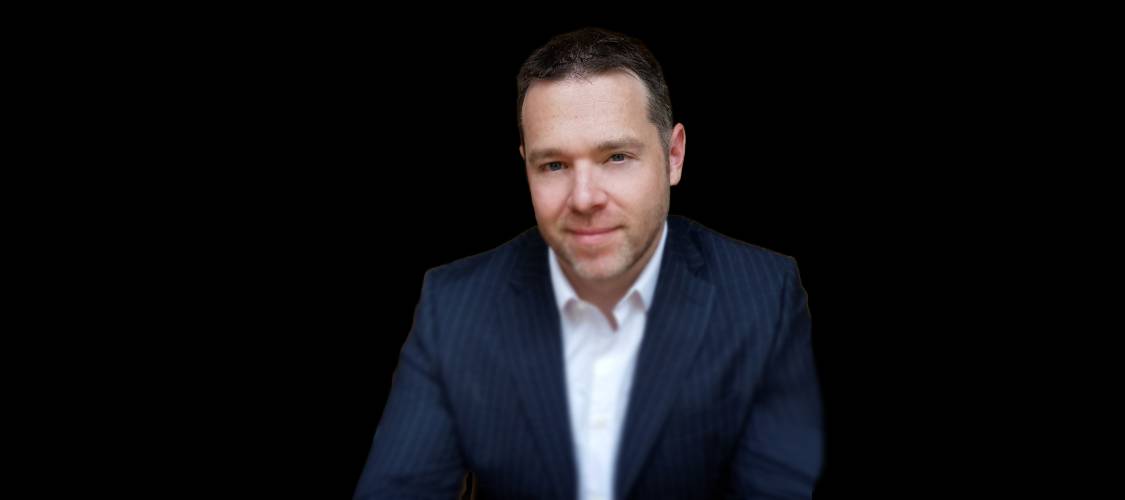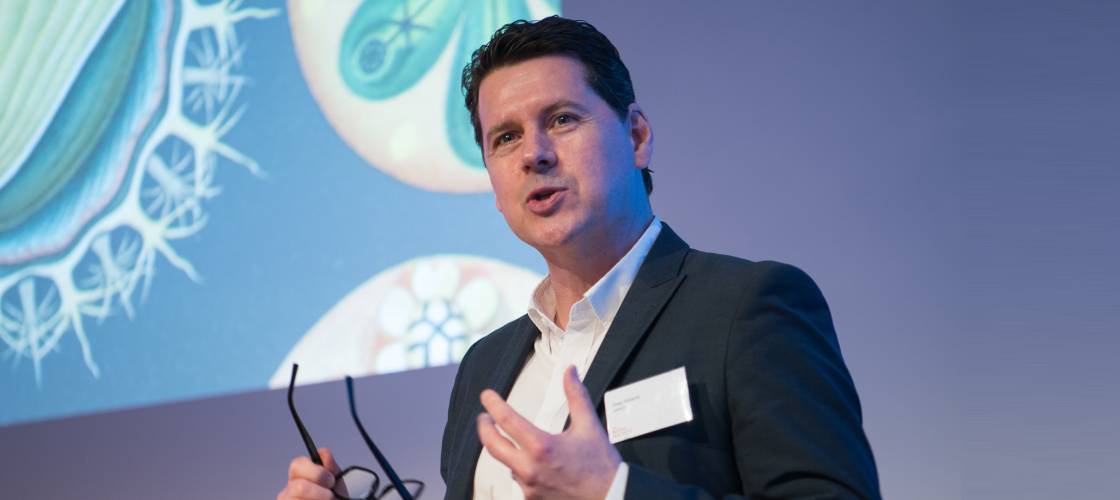Inventing the Future: Chris Barton on Shazam, AI, and How Businesses Can Thrive Through Disruption


 Chris Barton is a pioneering force in the world of artificial intelligence and disruptive innovation, best known as the creator and founding CEO of Shazam – the music recognition app that revolutionised how we interact with music.
Chris Barton is a pioneering force in the world of artificial intelligence and disruptive innovation, best known as the creator and founding CEO of Shazam – the music recognition app that revolutionised how we interact with music.
With over two billion downloads and a landmark acquisition by Apple in 2018, Chris’s invention has become a global phenomenon. As a leading speaker on digital disruption and transformation, Chris now shares his visionary insights with audiences worldwide.
In this exclusive interview with The Champions Speakers Agency, Chris reveals the inspiration behind Shazam, how it pushed the boundaries of AI long before it became mainstream, and offers practical strategies for businesses aiming to embrace innovation and respond to industry disruption.
Q: Who or what inspired you to create Shazam?
Chris Barton: “I was inspired to create Shazam because I saw really three opportunities at the same time. One is this problem that I faced in my daily life of hearing songs out and about everywhere and wondering what they were. I wanted to find out what they were and add them to my personal little playlist and turn it into a mixtape at the time, or what would now be called a playlist for myself.
“So that was the obvious opportunity; what I think was a problem that plagued many people. Secondly, however, at the time that I came up with the concept for Shazam, which was in late 1999, mobile phones were very basic. They were very simple, and all you could do with mobile phones was make phone calls and send text messages – nothing else.
“I thought, there’s got to be something you can do with these mobile phones. You’re carrying this device everywhere you go; wouldn’t it be great if you could do other things with it? I thought, what if you could identify songs? What if that was the unique offering?
“And what was really neat is the original vision for Shazam was one where you would only need two capabilities of a mobile phone to identify songs, and those were: microphones to record the sound in a phone call, and a text message to send the information back to the user.
“So even though phones back then didn’t have apps or websites or anything, they did have those two basic things – the microphone and the text message – we could create this music recognition service for those ancient phones.
“The third thing that I saw as creating the opportunity for Shazam was that I wanted to use a disruptive technology. I loved the idea of building a business based on inventing some brand new, unexpected, very difficult disruptive technology. And it turned out that to do what we wanted to do on music recognition would require such an invention.
“It was three things coming together: solving a problem for consumers; taking advantage of a new trend, the adoption of mobile phones, and then building a business that was reliant on the invention of a very significantly new disruptive technology. Those three things coming together created what I thought was a great opportunity.”
Q: How did Shazam push the boundaries of technology?
Chris Barton: “Shazam was really a very early execution of artificial intelligence. Because the definition of artificial intelligence is finding a way to get computers to do something that’s normally done by humans. And this was 20 years ago, so we were ahead of our time in terms of being an AI company. We didn’t use what’s now known as machine learning, which is a modern form of AI, but we did have to invent our own pattern recognition technologies to essentially simulate the capabilities of the human brain.
“We really pushed the boundaries of technology by pushing the boundaries of pattern recognition in the face of two very significant challenges, which were noise and scale. You have noise in the background that we have to deal with, but you also have the scale – the tremendous amount of songs that we had to identify music against.
“I always love to give a great example of just how challenging noise and scale can be. Imagine that you saw your brother or sister in a room with twenty people – you would just spot them across the room. Now imagine that you’re sitting in Wembley Stadium and your brother or sister was sitting somewhere on the other side of Wembley Stadium. You would have a very hard time using your brain to find your brother or sister in that crowd, because of noise and scale.
“So, those two problems being introduced with pattern recognition. I think the way we pushed the boundaries of technology was to really invent this breakthrough pattern recognition technology and then create this sort of delightful, simple experience of just getting the answer with a single interaction and creating this magical Shazam moment, which has now become the bar for many companies to magically delight people with a single interaction across the board.”
Q: How can business leaders build organisational cultures that consistently foster innovation?
Chris Barton: “I think there’s two main components that go into nurturing such a culture. One is to really give the entire team, all the participants in the company culture, a sense of what is the purpose of what they’re doing. How is what they’re doing an act of service? How is what they’re doing going to impact others?
“When you really connect those dots for people, I think it gives them this feeling of purpose, and they’re really tied to having impact on other people in whatever they’re doing and what they’re creating. That’s one key component.
“The second key component to creating this innovative culture is to really empower people. Empower people to contribute their ideas, because the reality is that great ideas come from everywhere – not just from the research and development department or the product manager lead or whatever it may be.
“Great ideas can come from all across the organisation. Those ideas don’t necessarily have to be the big idea. Often there are ideas that are little ideas that help build up and solve problems, so that the great idea is wonderful and has a delightful outcome for the end client or customer.
“It’s those two things: giving people the sense of purpose for the act of service, and then empowering them to contribute and play a role in the ideation and the solving of the problems along the way.”
Q: What strategic insights can established businesses gain from your entrepreneurial journey?
Chris Barton: “I think that businesses can learn that one key, very important ingredient to innovation – successful innovation – is to start from a breakthrough idea. But, very importantly, once you have that breakthrough idea and you’re on the path towards realising your vision, your outcome, your new innovation, you’re going to encounter all kinds of barriers and unknowns along the way.
“I think that one unique thing that entrepreneurs do is they are so focused, with their conviction, on their ultimate vision that they really focus on breaking through those barriers and finding solutions to them along the way. I believe that many businesses along the way might divert or concede in some of these barriers, and then you end up with a sub-optimal innovation outcome.
“I think the learning from entrepreneurs is that persistence, that focus, the perseverance to get to your ultimate vision regardless of the barriers that you’re going to encounter.”
Q: How should businesses interpret and respond to disruption within their industries?
Chris Barton: “I actually like to just focus on the word ‘disruption’ rather than ‘digital disruption’, because the reality is, disruption can occur with regards to a digital innovation or technology innovation, but it could also be a business model innovation or even a customer experience innovation. All these things can be introduced by one company within an ecosystem, within an industry, and it can be disruptive to all the other players in that industry or the incumbents.
“The way I define it is that it’s a new offering, a new capability, that, by being enabled, causes all the other companies in that industry to be caught off guard. And it can very scarily lead to a spiral towards irrelevance if they don’t respond quickly enough.
“That’s how I define a disruption – something new introduced by a specific player in an industry that could make everyone else irrelevant.”
This exclusive interview with Chris Barton was conducted by Mark Matthews of The Motivational Speakers Agency.
The post Inventing the Future: Chris Barton on Shazam, AI, and How Businesses Can Thrive Through Disruption appeared first on European Business & Finance Magazine.



















